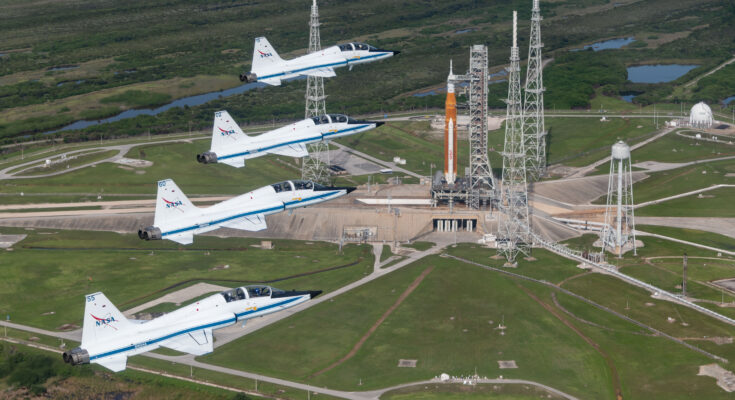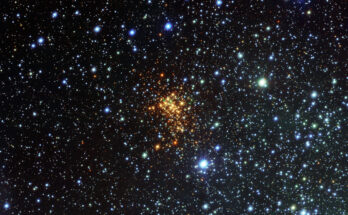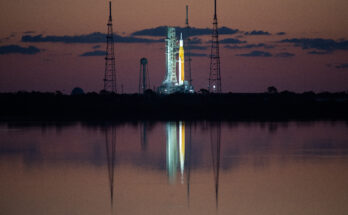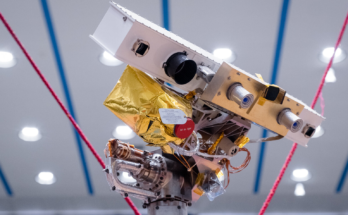In July 1969, the Apollo 11 Moon landing represented a significant achievement in engineering, science, and human endeavor. The entire world had been waiting for that moment.
Six further missions to the Moon were made after Apollo 11, five of which resulted in successful landings. There were a total of 12 men who set foot on the moon. However, more Apollo missions were shelved in 1970. For an undetermined period of time, Apollo 17 was the final manned lunar mission.
There have been no recorded lunar landings since Apollo 17 because NASA terminated the Apollo mission. But with their most recent Artemis project, NASA is once more prepared to put people on the moon, exactly 50 years after the last time. With the launch of Artemis 1, which will test the SLS rocket system, the Orion spacecraft, and the ground support systems utilized on these flights, this project will get underway this month.
If all goes as planned, NASA’s historic Artemis 1 mission will blast out for the moon one week from today (Aug. 22).
NASA’s Artemis program’s inaugural mission, Artemis 1, is slated to launch from Florida’s Kennedy Space Center on August 29 at 8:33 a.m. EDT (1233 GMT). When the time comes, you can watch it live on Sri Lankan Scientist FB page thanks to NASA.
It will be quite the occasion, and not only for ardent space enthusiasts. According to a statement released by NASA on Friday, the webcast will feature celebrity appearances by Jack Black, Chris Evans, and Keke Palmer, as well as a special rendition of ‘The Star-Spangled Banner’ by Josh Grobin and Herbie Hancock.
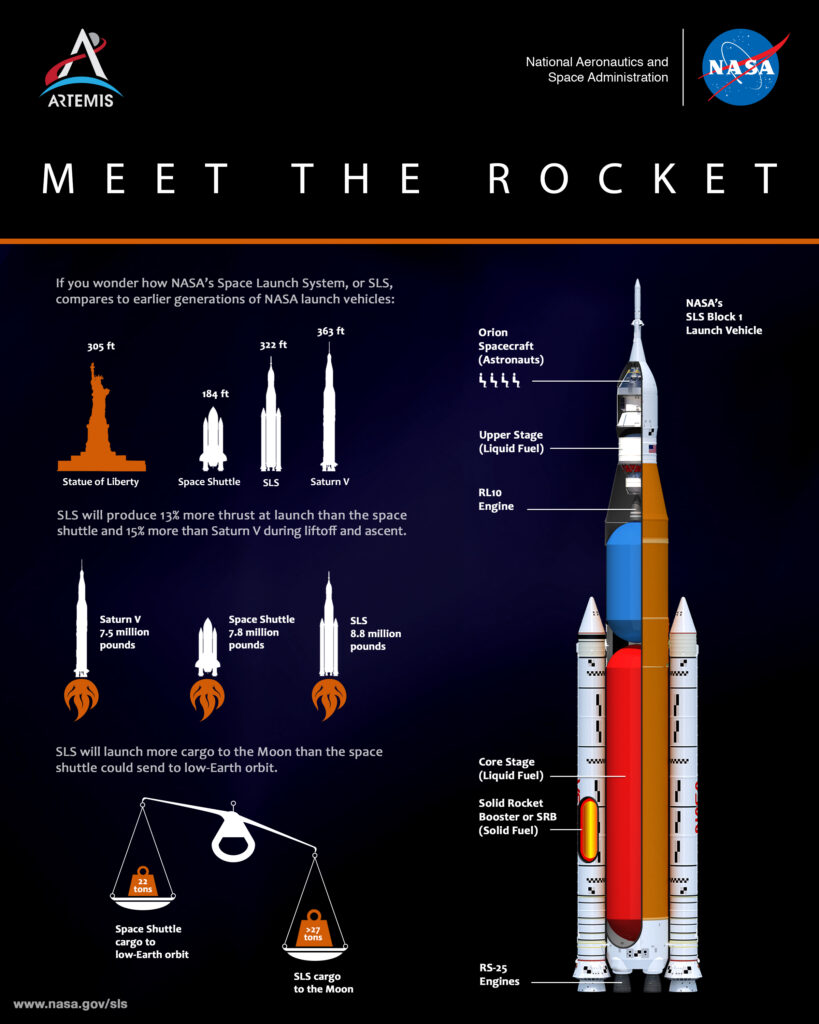
Image credit: NASA/MSFC
NASA’s Space Launch System (SLS) megarocket, which will launch an unmanned Orion spacecraft into lunar orbit, will make its debut with Artemis 1. Orion will remain in space for six weeks before splashing down in the ocean on October 10.
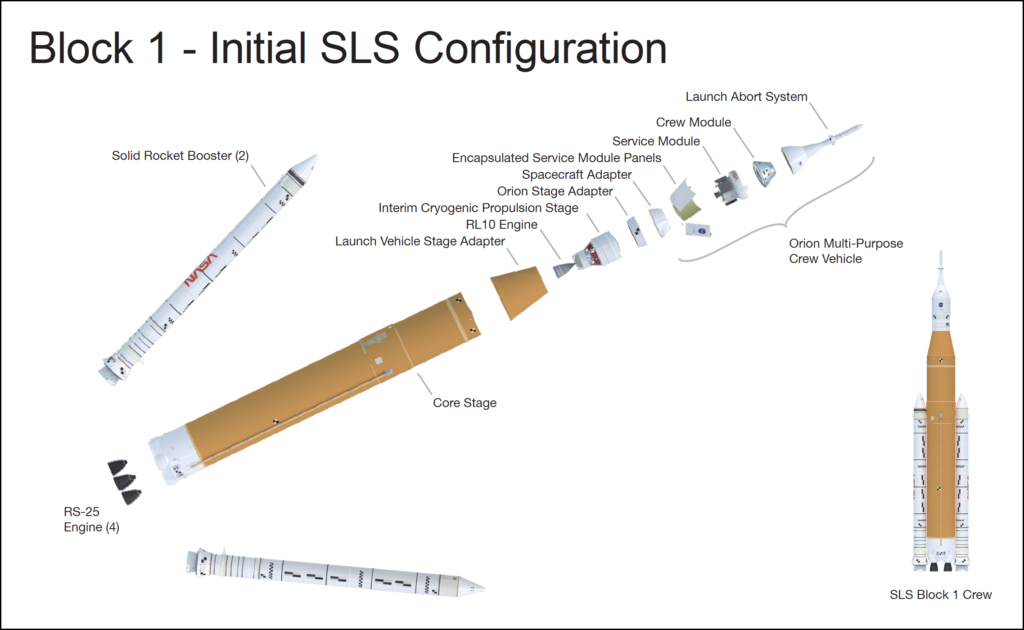
Data on the deep-space radiation environment and other features of the mission will be collected by sensors aboard Orion. Ten miniature cubesats will also launch shortly after liftoff using an adapter that connects Orion to the SLS’s upper stage. These tiny spacecraft will carry out a number of tasks, such as searching for water ice on the moon and using a solar sail to reach an asteroid that is close to Earth.
However, the primary objective of Artemis 1 is to show that SLS and Orion are prepared to transport astronauts, which they will do in a relatively short amount of time if Artemis 1 is successful. In 2024, NASA plans to launch Artemis 2, a crewed trip to the moon. In 2025 or 2026, Artemis 3 will make the first crewed lunar landing since the Apollo 17 mission in 1972, putting humans on the ground close to the moon’s south pole.
Artemis is not intended to be a flags-and-footprints operation, in contrast to Apollo.
According to NASA’s Artemis page, “We will work with commercial and international partners to build the first long-term presence on the moon” (opens in new tab). The next great step will be sending the first astronauts to Mars, using what we learn on and around the moon as a springboard.
NASA officials have stated that backup launch dates of September 2 and September 5 are available in the event that Artemis 1 is unable to launch on August 29 due to inclement weather or technical difficulties.
Featured image –
T-38 planes are a fixture of astronaut training, assisting pilots and mission specialists to think quickly in changing situations. Here, our T-38s fly in formation above the Space Launch System (SLS) rocket on Launch Pad 39B. The SLS and Orion spacecraft for the Artemis I mission will launch no earlier than Aug. 29, 2022.
Astronaut Andrew Morgan posted this and two other photos on Twitter on Aug. 25, 2022, saying “This week we flew over @NASAArtemis, thanking the @nasa centers across the country that put this Moon rocket on @NASAKennedy’s pad and celebrating the upcoming test flight!”
Image credit: NASA/Josh Valcarcel

